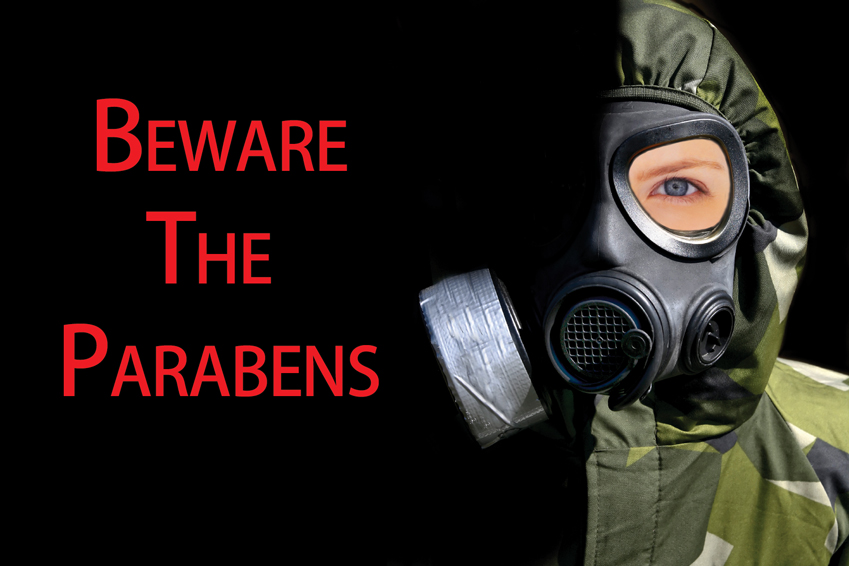Skin Disorders Associated with Paraben Exposure: A Comprehensive Review Parabens, a class of synthetic preservatives widely used in cosmetics, pharmaceuticals, and personal care products since the 1950s, have been the subject of extensive research due to their potential cutaneous and systemic health effects. While their primary function is to prevent microbial growth and extend product shelf life, concerns about their role in skin disorders have persisted. This review synthesizes current evidence on parabens’ dermatological impacts, focusing on allergic contact dermatitis, skin irritation, exacerbation of pre-existing conditions, and secondary complications. Key findings indicate that while paraben-induced allergic reactions are rare (0.9–2% incidence), they disproportionately affect individuals with compromised skin barriers. Furthermore, emerging data suggest parabens may contribute to premature skin aging through keratinocyte alterations. Allergic Contact Dermatitis (ACD) Pathogenesis and Clinical Presentation Allergic contact dermatitis to parabens manifests as a delayed-type hypersensitivity reaction, characterized by erythema, edema, papules, vesicles, and pruritus at the site of exposure[2][9][11]. The mechanism involves haptenization, where paraben molecules bind to skin proteins, forming immunogenic complexes that activate T-cell-mediated responses[11]. Notably, the **”Paraben Paradox”** describes the phenomenon where reactions predominantly occur on damaged or eczematous skin rather than intact epidermis[4][11]. This is attributed to enhanced percutaneous absorption […]
Read moreParabens – They Are Everywhere & A Concern
When I started writing my book, Chemical-Free Skin Health, I thought I would mention Parabens as a side comment in the chapter on the Dirty Dozen Chemicals in most skincare products. Yes, about 95% of every skincare product produced has a bacteriacide that goes by many names. Most are listed on product labels as Methyl-Paraben or something with paraben in the name.
I was speaking at a conference and was attacked by a person in the audience because they claimed that parabens were not harmful in the small amount used in a product. True that most applications of this bacteriacide are in the 0.5% range and are useful in keeping mold and bacteria growth in check. Back to the incident, I responded that “the average woman uses between 20 to 40 products a day on her skin. Because paraben use is cumulative, that means that the average woman is exposing herself to 10%-20% parabens levels every day. They sat down, and the moderator of the discussion took a quick turn away.
Read moreDon’t Freak Out. Its Mostly Good Bacteria. Keys DIY
This Keys DIY is actually a great science project for kids to learn about bacteria in their environment. Make bacteria handprints instead of paint? Curious, read more!
Read moreFDA Taking Closer Look at ‘Antibacterial’ Soap
“New data suggest that the risks associated with long-term, daily use of antibacterial soaps may outweigh the benefits,” Rogers says. There are indications that certain ingredients in these soaps may contribute to bacterial resistance to antibiotics, and may have unanticipated hormonal effects that are of concern to FDA.
Read more

You must be logged in to post a comment.